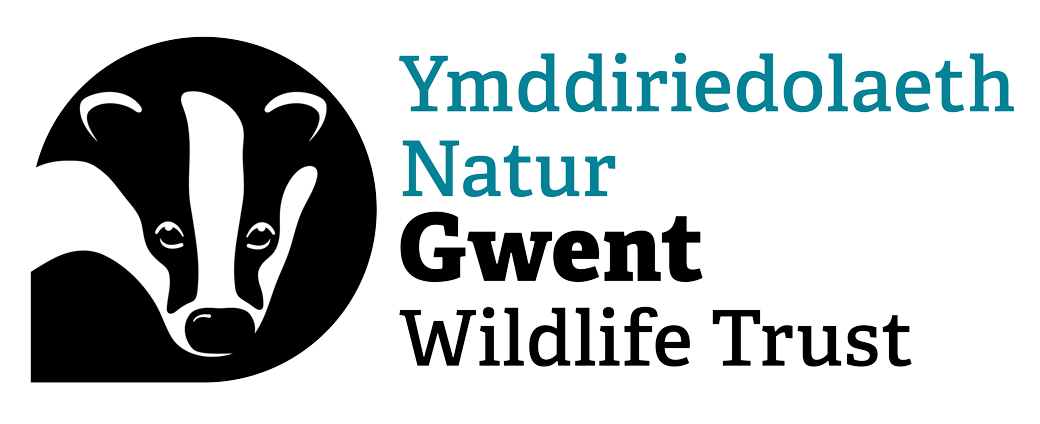Adroddiad newydd yn gofnod pwysig o gyflwr bywyd gwyllt yng Ngwent
Mae adroddiad newydd pwysig a gyhoeddwyd ddydd Mercher 21 Gorffennaf, wedi edrych ar rychwant y bywyd gwyllt yng Ngwent, cofnodi’r llwyddiannau ecolegol a dynodi’r rhywogaethau hynny sydd mewn…
